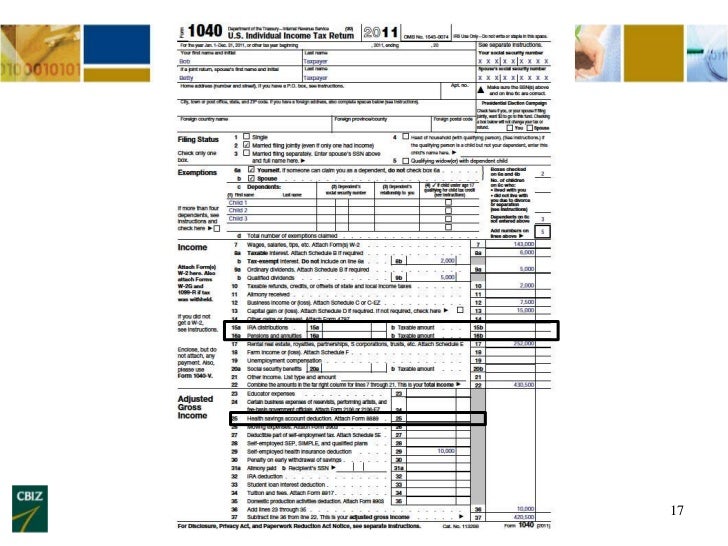You to Hen: Just how One to Quick Mortgage Produced a big difference
Pal Studies

Motivated of the real incidents, You to Hen informs the storyline out-of Kojo, a child off Ghana who turns a tiny financing to the good enduring farm and you will a livelihood for almost all.
After his father passed away, Kojo was required to end school to help their mommy assemble firewood to market within field. Whenever their mom gets financing away from some town family members, she brings a tiny currency so you’re able to the girl child. Using this type of smaller loan, Kojo b Determined because of the correct events, That Hen tells the story out-of Kojo, a boy regarding Ghana whom converts a small mortgage to your an excellent surviving farm and you will a livelihood for almost all.
Immediately following their dad passed away, Kojo was required to quit school to simply help his mom collect firewood to sell in the markets. When their mommy get a loan out of specific town family, she provides a little currency to help you this lady kid. With this particular little mortgage, Kojo buys a hen.
A year later, Kojo has generated upwards a flock from 25 hens. Together with income Kojo is able to go back to college or university. In the future Kojo’s farm increases in order to become the greatest in the region.
Kojo’s tale originates from the life from Kwabena Darko, just who due to the fact a boy been a little chicken farm same as Kojo’s, hence after turned out to be the greatest into the Ghana, and something of your largest from inside the western Africa. Kwabena together with been a confidence providing you with out short funds to help you people that cannot get that loan of a bank.
You to Hen suggests what happens whenever a little help renders an excellent huge difference. The last pages of a single Hen give an explanation for microloan system and tend to be a listing of associated teams for kids to understand more about.
You to Hen falls under CitizenKid: A set of guides you to revise youngsters concerning the industry and you will encourage them to be better all over the world people. . a lot more
best personal loan rates in Fort Worth
People Feedback
American author Katie Smith Milway and Canadian illustrator Eugenie Fernandes, who have also collaborated on Cappuccina Goes toward City and Mimi’s Village: And exactly how First Healthcare Transformed It , turn in this picture-book to the subject of microfinance. The story follows Kojo, a young Ashanti boy in Ghana who cannot afford to go to school, after the recent death of his father. When he and his mother are given a micro-loan by the village coop, and there is a little bit left after his mothe American author Katie Smith Milway and Canadian illustrator Eugenie Fernandes, who have also collaborated on Cappuccina Visits Urban area and Mimi’s Town: And how First Health care Switched It , turn in this picture-book to the subject of microfinance. The story follows Kojo, a young Ashanti boy in Ghana who cannot afford to go to school, after the recent death of his father. When he and his mother are given a micro-loan by the village coop, and there is a little bit left after his mother buys a cart for the firewood she sells, Kojo buys one hen. From this small beginning, great things come, as Kojo slowly builds up his flock, sells his surplus eggs, and gains enough money to return to school. From there he studies hard, eventually winning a scholarship, and going on to study agriculture. Eventually, he starts a farm and business of his own, going on to great success, and having a beneficial effect on other impoverished people, and on his country.
I’ve read a few books now about Heifer International – Jan West Schrock’s Promote a great Goat and Page McBrier’s Beatrice’s Goat – an organization which seeks to address international poverty by distributing agricultural animals and training, but this is the first picture-book I have read about the microloan movement. Apparently, the story in That Hen: Exactly how You to definitely Quick Financing Made a change is based upon the experiences of real-life Ghanaian Kwabena Darko, whose story is given in the after matter, along with more information about microfinance organizations, and a glossary. I found the narrative here engaging, and thought that the way in which Milway used the traditional nursery rhyme, This is the House That Jack Built, as a storytelling template, was quite interesting. Great results certainly do come, sometimes, from small beginnings! The accompanying artwork here from Fernandes, done in acrylic paint, is bright and boldly colorful, grabbing and retaining the reader’s attention. All in all, this was an informative and engaging tale, one I would recommend to picture-book readers looking for stories about poverty, and about the microfinance movement that is attempting to address that poverty, one microloan at a time. . more



No Comments